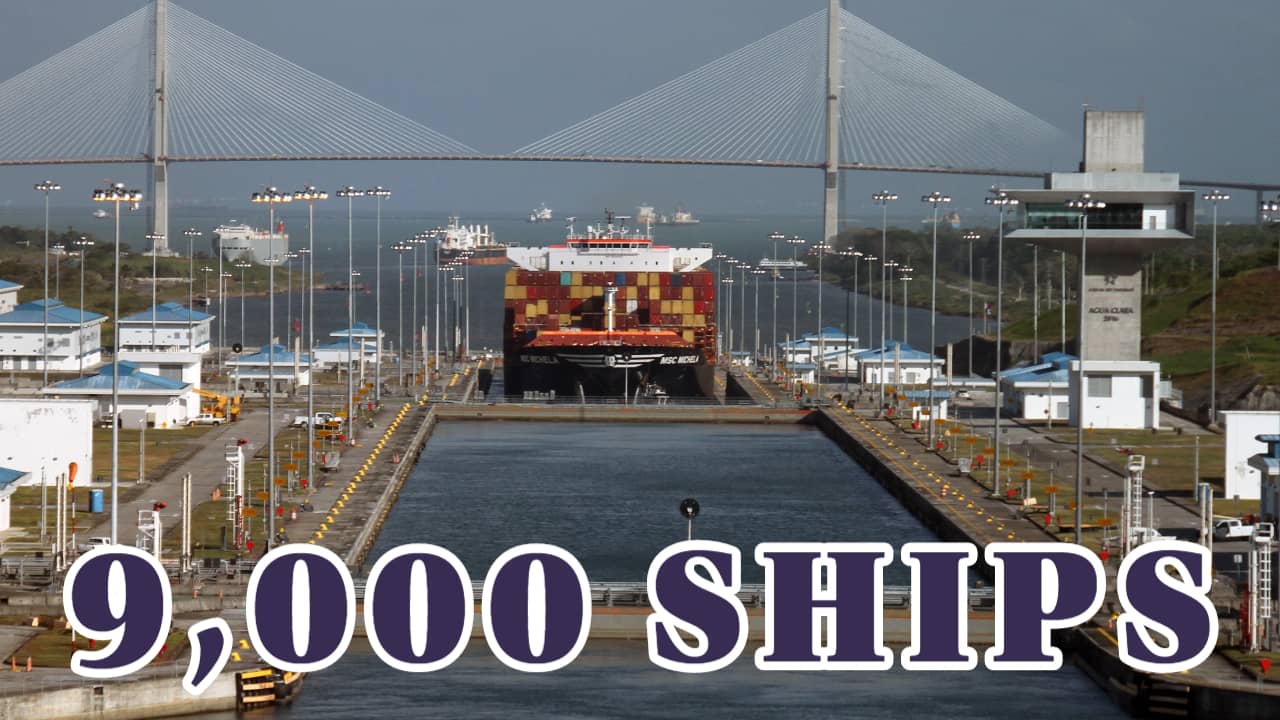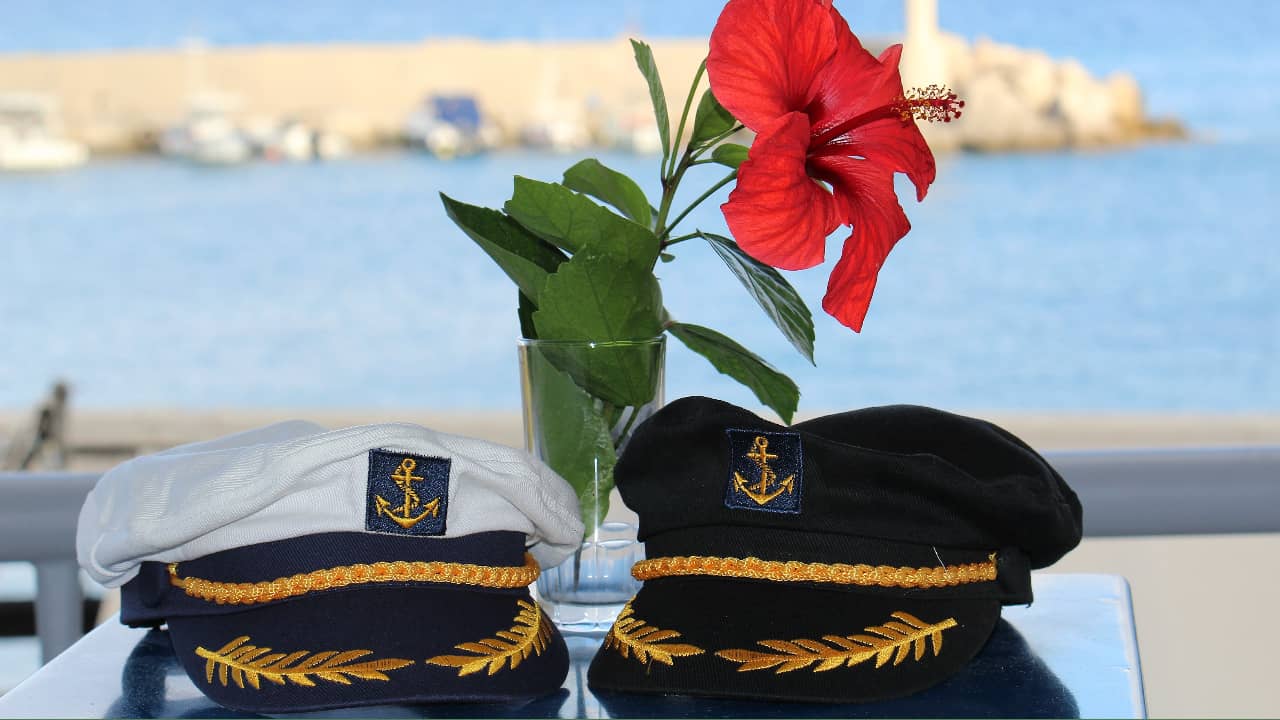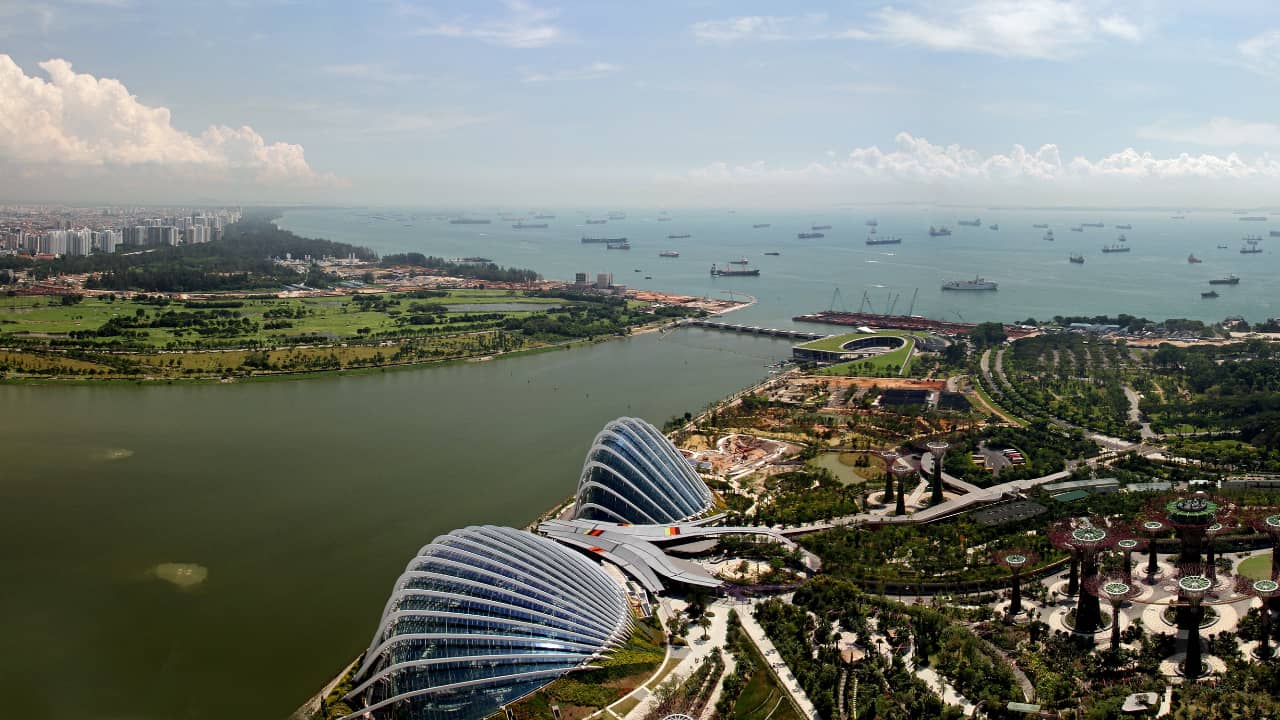
Seafarers to Stay on Ships for 17 Months Due to COVID-19
6-minute read
When is a law not a law? When you work as a seafarer on a Panamanian Flagged vessel, apparently.
That appears to be the consequence of the decision by the world’s largest flag state to authorise seafarers on ships flying its flag to serve for as long as 17 months onboard, due to the difficulties of achieving crew changes during the coronavirus pandemic.
This is six months in excess of the maximum laid down in the legally-binding Maritime Labour Convention. Panama’s answer to the humanitarian crisis of seafarers being trapped on board vessels across the globe is to authorise increased tours of duty.
There are something like 9000 ships on the Panamanian register so we are talking about a sizable slice of the seafaring community whose incarceration onboard is being accepted by their flag state.
Rather than keeping the pressure on countries to sort out acceptable travel and transit protocols, it sends the message that maritime authorities can live with this appalling situation.
One commentator put it boldly by saying Panama was presenting “. . . port states and major repatriation hubs with a ‘get out of jail free’ card . . .”
It has prompted condemnation particularly from union leaders with Nautilus International urging port state control authorities to respond with the immediate targeting of all Panamanian vessels for breaches of the convention, and to detain them if breaches are found.
I checked with Maritime NZ as to what New Zealand’s position was regarding breaches and deputy director Kenny Crawford says we are following the guidelines and processes under the Asia-Pacific Memorandum on Port State Control (the Tokyo MoU).
These are linked to IMO guidelines. He says: “Maritime NZ checks for breaches of the Maritime Labour Convention in two main ways: port state control officers review ships’ records and procedures, including relating to crew welfare, during inspections of foreign ships visiting New Zealand.
Maritime NZ also receives complaints directly from seafarers and via the Seafarers’ Welfare Board and is obliged to investigate. “Information from port state control inspections and investigations is shared among all maritime regulators in the Asia-Pacific region to help each other identify and respond to issues on vessels.”
The International Transport Workers’ Federation has urged seafarers unilaterally to exercise their right not to work and leave their ships to return home when their contracts expire.
Initially, the ITF was critical of employers but it has dialled back on this as the realisation has dawned that companies are facing huge costs to get crew home, such as having to charter planes in some instances.
It’s not the fault of employers that countries have imposed travel restrictions. Nor is it their fault that the common reliance on 14-day quarantines reflects the fact there has not been an internationally-accepted testing regime at airports and seaports so that a single test is accepted at both.
The size of the crew-change problem has grown to massive proportions. Global fleets employ about 1,200,000 seafarers, with about 200,000-300,000 needing to change each month as their period of service on board comes to an end.

In mid-June ship manager association Intermanager reported that it had recorded the repatriation of 29,879 seafarers, at best about 10% of the seafarers requiring repatriation.
There are currently three main categories of seafarers under duress – those who are stuck on a ship and can’t get off it; those who are ashore and can’t find a way to get to their new ship; and those onboard non-operational ships (such as idle cruise liners) who are receiving food and board but no pay.
For the last few months the system has been in chaos and fears have grown for the mental welfare of seafarers who are fatigued and have no knowledge of when they will see their home and families.
There are also safety fears about the ability of crew to operate a ship to optimal efficiency.
The biggest obstacle to finding a solution is to get countries to accept agreed standards for moving seafarers from ship to airports, on to aircraft, through transit stops and then from their arrival airport to an isolation of quarantine facility.
Countries have not been uniform in setting these standards. Some simply shut their doors completely, others have gradually opened up. There has been a lack of consistency even within national boundaries.
In the UK for example, Scotland was out of step with the rest of the UK. Finally, Transport Scotland decided that Scottish seafarers no longer have to isolate for 14 days when returning home for more than 14 days of leave, bringing them into line with the rest of Britain.
The UK has remained open for seafarers to come and either stay on vessels, go ashore, take shore leave or be repatriated, provided they abide by Public Health England requirements and social distancing.
In Australia, different states or ports adopted different policies. Some said they would not allow a ship with a suspected COVID case onboard to come into port until tests were completed. If COVID was confirmed they would not allow the ship alongside (or to leave anchorage) until the ship was COVID-free.
This potentially could mean a ship being at anchor for weeks or months. Hong Kong only allowed crew changes for ships “with cargo operations” at the port but relaxed this and permitted unrestricted crew changes after June 9.
Outgoing seafarers who have completed their service are required to remain on board ships during their stay in Hong Kong and have to travel directly to the airport for repatriation to minimise contact with the local community.
Incoming crew members should not enter Hong Kong until the berthing of their vessels and should go onboard immediately upon arrival. Shipping companies or agents need to arrange “point to point” transportation for the seafarers.
The Maritime and Port Authority of Singapore also moved to create a “safe corridor”, which allows for crew changes while minimising public health risk, and assisted in facilitating two charter flights to allow Indian crews to swap over in Singapore.

MPA has designated two facilities to accommodate crew who are unable to transfer directly to his/her vessel or flight and require a temporary rest area of up to 48 hours.
This means that ships, after signing off crew and obtaining port clearance, need not remain in port until the sign-off crew have departed Singapore. Ship managers/agents are responsible for ensuring that the crew change is effected according to MPA’s requirements.
Here in NZ we do have a crew change system in place. Crew departing New Zealand by air must travel from the ship or the managed facility to the nearest security-designated airport to board an aircraft.
If the flight does not depart on the same day that the crew member disembarks the ship, a medical officer of health or a health protection officer must transfer the crew member to a managed facility to remain in isolation or quarantine until the flight departs.
Dedicated private transport must be used for the transfer. New crew arriving here must travel from the airport in accordance with the directions of a medical officer of health or a health protection officer, using only dedicated private transport.
If the ship that is not scheduled to depart from New Zealand soon, the crew member must go to a managed facility for isolation or quarantine for at least 14 days. It is to be hoped that other countries also open their doors for managed crew changes.
The sooner this appalling crisis is relieved, the better – and Panama is certainly not helping.
P.S. Easy Freight Ltd helps New Zealand importers & exporters to save money on international freight and reduce mistakes by guiding how to comply with Customs and biosecurity rules.
➔ Contact us now to learn how we can assist you.
